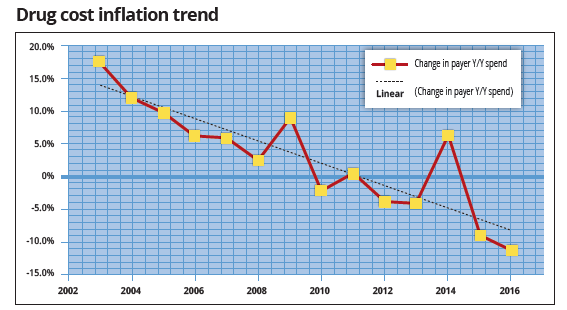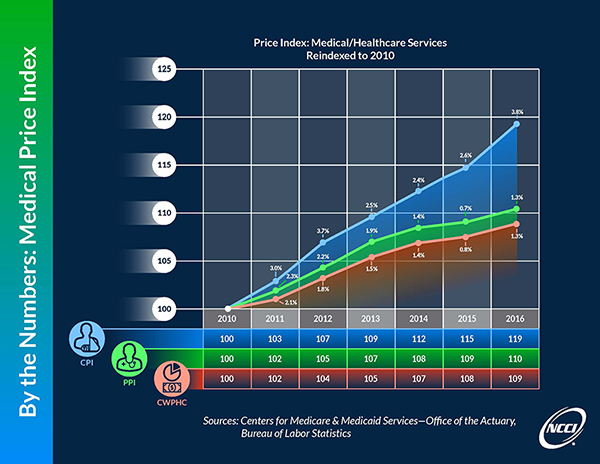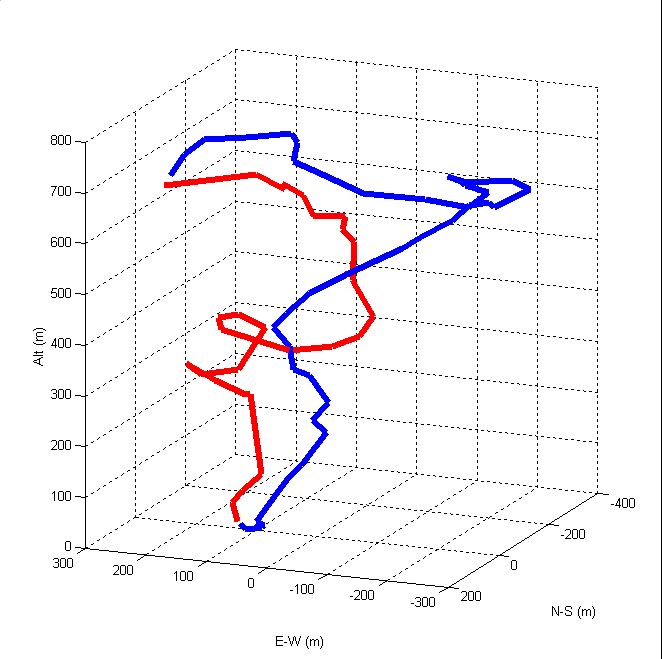Today we’re continuing to dig into what individual companies are doing in telemedicine.
Quick take is there are about as many offerings and approaches as there are companies; it’s good to see the breadth and depth of thinking, the various business models, and how different stakeholders view challenges, benefits, risks, and future trends.
Today brings an update on Concentra’s efforts (I interviewed CEO Keith Newton last summer, here’s the second of that two-part post).
Concentra was an early adopter of telemedicine; the company’s physician base, integrated information and practice management systems, and employer- and insurer-relationships and IT connections gave it a big head start. There was also a compelling business reason; not all physicians were busy all the time, so Concentra had a ready supply of credentialed providers available for telemedicine visits.
The company recently logged its 600th virtual visit, a big jump after hitting 400 in mid-December. Things started slowly with launch mid-2017, but I’d expect a fairly rapid ramp-up after months of preparation and “beta-testing.”
I spoke with CEO Keith Newton and Ann Schnure, VP Telemedicine Operations about recent developments and future plans; Ann also provided written answers to emailed questions. (some answers edited for brevity, also some para-phrasing of responses)
- MCM – What tele-services is Concentra currently offering?
Briefly, telemedicine in the form of virtual visits for injured workers. Concentra’s telemedicine product, Concentra TelemedTM, was designed specifically for workers compensation and the treatment of injured workers. Patients can access virtual care from a Concentra occupational medicine clinician using their computer, tablet or smartphone. Concentra Telemed leverages the same clinical model, EHR system, and reporting used in our medical centers.
In February, Concentra will launch a telerehab product leveraging the Concentra Telemed platform. Eligible patients requiring physical therapy will be offered the option of a scheduled telerehab visit with a licensed Concentra therapist.
- MCM – How has adoption of telemedicine progressed?
As we expected, adoption of telemedicine in work comp has been gradual. As telemedicine in work comp is in its early stages of adoption…(Note the average Concentra patient has 2.1 – 2.3 telemedicine “visits”, all post-triage.)
- MCM – What’s been the biggest challenge to getting employers to use TM?
The key challenge to overcome is the knowledge gap about how to apply and integrate telemedicine into their existing work practices. Much of our work with employers has been to inform them how Concentra Telemed easily fits into their existing processes and workflows. Their current processes to authorize treatment, service instructions, and back-end reporting remain the same regardless of whether they use telemedicine or brick-and-mortar clinics.
- MCM – What’s been the biggest challenge to getting patients to use TM?
The primary challenge to getting patients to use telemedicine is creating awareness. Many patients simply do not know a telemedicine option is available for the treatment of their work injury. Knowing that over two-thirds of consumers are willing to see a clinician via video, we are confident that with increased awareness the willingness to use telemedicine for work injuries will increase over time.
Once patients become aware and try Concentra Telemed, we know they consider a video visit the preferred option. Over 98% of Concentra Telemed patients choose telemedicine when they require a follow-up visit.
- MCM – Talk about the regulatory environment.
There is growing acceptance of telemedicine as an important health care delivery channel by medical boards and government regulatory agencies. While telemedicine is now allowed in all 50 states, regulation specific to work comp has been slow to materialize. Additionally, some states have yet to modernize regulations to accommodate telemedicine. When developing and launching telemedicine in work comp, we feel it is a state-by-state approach which requires working closely with work comp agencies.
- MCM – What metrics is Concentra using to evaluate its tele-services?
Our metrics for telemedicine are the same metrics we use to at our medical centers. These include measures on case duration, return to work, and key clinical outcomes.
The patient experience is also critically important to us. Patients who use Concentra Telemed are asked to rate their experience with our product at the end of each visit. Patients provide an average satisfaction rating of 4.8 stars (out of 5), with 85% of patients rating their visit with 5 stars.
- MCM – What will Concentra be doing with tele-services in 2019?
By 2019, we envision Concentra Telemed being a coast-to-coast solution embraced by employers and accepted by regulators as a valuable option for the treatment of work injuries. We’re evaluating over 14 potential use cases leveraging the Concentra Telemed platform, including travel health, center rechecks, and specialty services.









